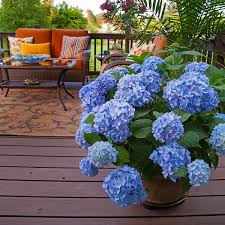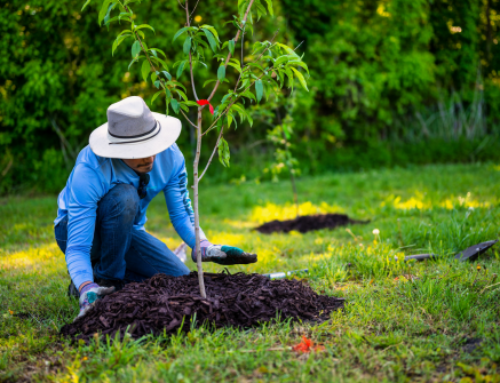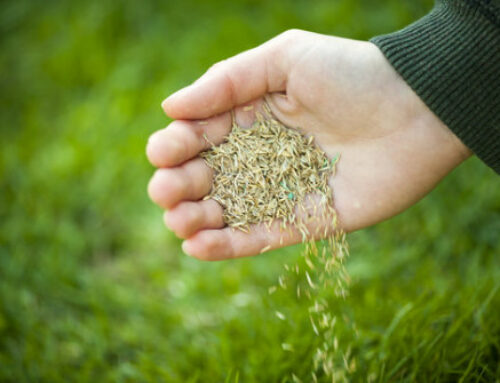The Art of Pruning Hydrangea’s
Pruning Hydrangea’s
If you’re growing hydrangeas at your West Des Moines home, let’s keep their pruning simple. The classic Hydrangea macrophylla, also known as Bigleaf hydrangeas, are a favorite for gardeners and homeowners alike because they produce large flowers that last all summer long. But if you want to keep them blooming well into fall, there are a few things that need to be done while they’re still dormant. That means before the buds begin to grow again in early spring.
Prune hydrangeas in the fall after blooming
Hydrangeas are best pruned in the fall after blooming. For our West Des Moines customers, this typically happens in October. To keep them from getting leggy, cut back the stems to 6″ above ground level and remove any dead or damaged stems. If you want to create a bushier or fuller plant, you can also choose to remove some of the main stems near their base so that new shoots will sprout from these cuts–just be sure not to damage any of your plant’s buds!
If you’re looking for something more dramatic than simple pruning (and don’t mind losing some flowers), try cutting back all of your hydrangea’s branches by half their length and then removing all but three or four buds from each remaining stem. This will dramatically reduce flower production over time but give you fuller, more compact plants with fewer leaves blocking views through windows and doors during those summer months.
Cut back each branch by about half its length.
Pruning hydrangeas is a simple process, but it’s important to follow these steps:
- Cut back each branch by about half its length. Use sharp, clean pruning shears to do this.
- Prune hydrangeas in the fall or early spring when they are dormant and there is no chance of frost damage.
You can prune hydrangeas into a tree shape or a rounded shape.
Hydrangeas can be pruned into a tree shape or a rounded shape. The tree shape will produce more flowers in the future, while the rounded shape will produce more foliage. If you want a bushier plant with more flowers, choose the rounded form of hydrangea pruning. This is also ideal for people who want a more informal look in their garden or yard, as this type of hydrangea resembles other shrubs that are often found there.
If you’re looking for something more formal and traditional-looking (or if you just really love flowers), choose to keep your hydrangea at its full height by pruning it into its natural form, that is to say: tall branches with short ones underneath them!
You can also remove dead or diseased wood and any suckers from the base of the plant.
You can also remove dead or diseased wood and any suckers from the base of the plant. Don’t prune hydrangeas in spring, as this is when they are forming buds for next season’s flowers.
Pruning hydrangeas is not complicated, but it’s important to do it correctly for good results over time.
Hydrangeas are best pruned in the fall after blooming. Cut back each branch by about half its length and remove any dead or diseased wood at this time as well.
In late winter or early spring, you can trim out any new growth that has developed since your last pruning session with sharp shears or a hedge trimmer (make sure you have eye protection!).
Hydrangea make a wonderful addition.
Hydrangeas are beautiful plants, and one of my favorites as they make a great addition to any landscape in West Des Moines or Central Iowa. They’re also relatively easy to care for, as long as you know how to prune them properly. By cutting back dead or diseased wood in fall and removing any suckers from the base of the plant, you can keep your hydrangea healthy and looking great for years to come!
Share This Story, Choose Your Platform!
Recent Posts
Everything You Need to Know About Mulch Installation
How Deep, How Much, What It Costs, and Why Early Spring is Ideal [...]
Is Winter the Best Time for Pruning?
Winter pruning is indeed the best time for Tree pruning, if pruning is [...]
Ultimate Guide to Lawn Aeration and Overseeding Mastery
A healthy, lush lawn doesn’t just happen—it takes care and the right approach. [...]
The Superpower of Lawn Aeration: Unlocking the secret to a vibrant Lawn
When you envision a stunning, vibrant lawn, what springs to mind? Probably a lawn [...]
Yellow Nutsedge “The Lime Green Grass invader”
It is that time of year, Yellow Nutsedge is starting to show up within our [...]
The Art of Pruning Hydrangea’s
Pruning Hydrangea's If you're growing hydrangeas at your West Des Moines home, let's keep [...]










